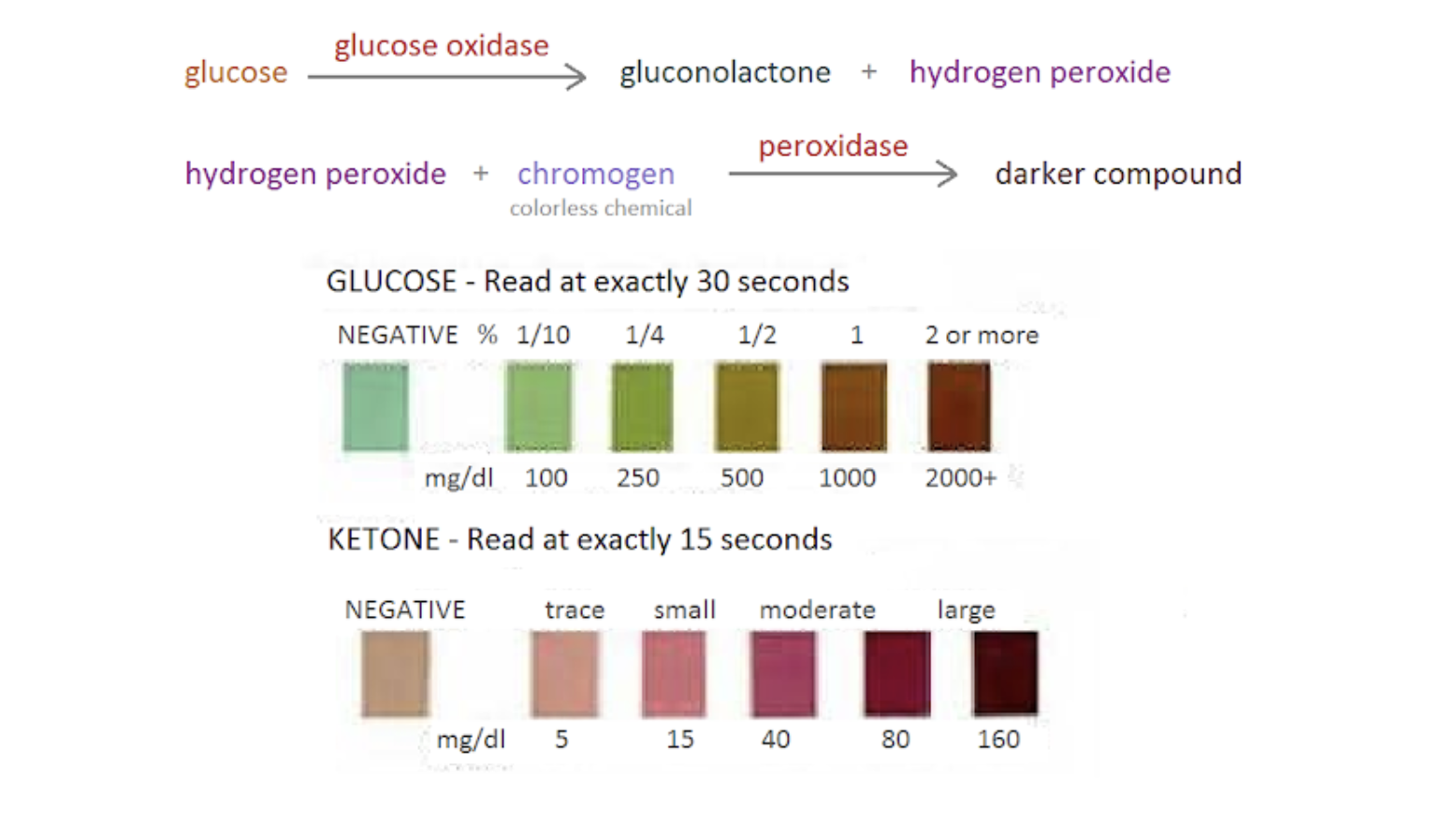(CIE A2 biology) Homeostasis - diabetes + glucose testing
The basics of diabetes mellitus
Diabetes mellitus comes in two types: type 1 diabetes (autoimmune, leads to prolonged periods of hyperglycemia where the pancreas is unable to release enough insulin - genetically-influenced so may be inherited from generation to generation) and type 2 diabetes (non-insulin dependent, leads to cells being less responsive to insulin which can permanently damage organs - not genetically-influenced so may be acquired during one’s lifetime)
It’s recently been reported that 29.1 million people living in the USA have been diagnosed with this disease (90% of whom have type 2 diabetes, 10% of whom have type 1) - around the world it’s less prevalent in Latin America and sub-Saharan Africa than in Asian countries
Some of the most extreme consequences of diabetes (especially when uncontrolled) include limb amputations, kidney failure, and blindness
Some of the risk factors of type 2 diabetes mellitus include obesity, lack of regular exercise, high-sugar diets, genetic origin (more likely if Asian/Afro-Caribbean), and family history
Some common treatments include insulin injections/pumps, transplants of the pancreas, and islet cell transplants

Changes in the urine due to diabetes mellitus
Usually after a carb-containing meal all the glucose gets reabsorbed into the blood via the proximal convoluted tubule leading to the urine containing no glucose at all
If blood glucose levels become diabetic the glucose can’t be reabsorbed at all which leads to glucose-containing urine + increased feelings of thirst + a bigger urge to urinate
As a result of diabetes mellitus the slower cellular glucose uptake increases the cellular keto-acid level (which leads to pH level decreases as well)
Urine testing
Urine tests can be helpful for diagnosing ill people with specific diseases + spotting pregnancies + providing evidence of drug misuse due to the dissolution of metabolic waste products in urine
Urine testing using dipsticks involves 2 separate immobilized enzymes (glucose oxidase and peroxidase) to display bladder urine sugar levels (NOT blood sugar levels) - any glucose level higher than 180 mg/dL implies diabetes (same goes for any ketone level higher than 1.6 mmol/L)
The higher the glucose level the darker and more reddish the color on a dipstick becomes - this is due to the immobilized peroxidase in the dipstick forming a brown chemical compound as it hydrolyzes hydrogen peroxide

Biosensors
Biosensors are a more digital form of testing for diabetes that involve impregnated pads releasing the immobilized glucose oxidase in them via a tiny electric current
Electrodes detect the electric current released by the pads and calibrate them with known glucose concentrations for the glucose oxidase